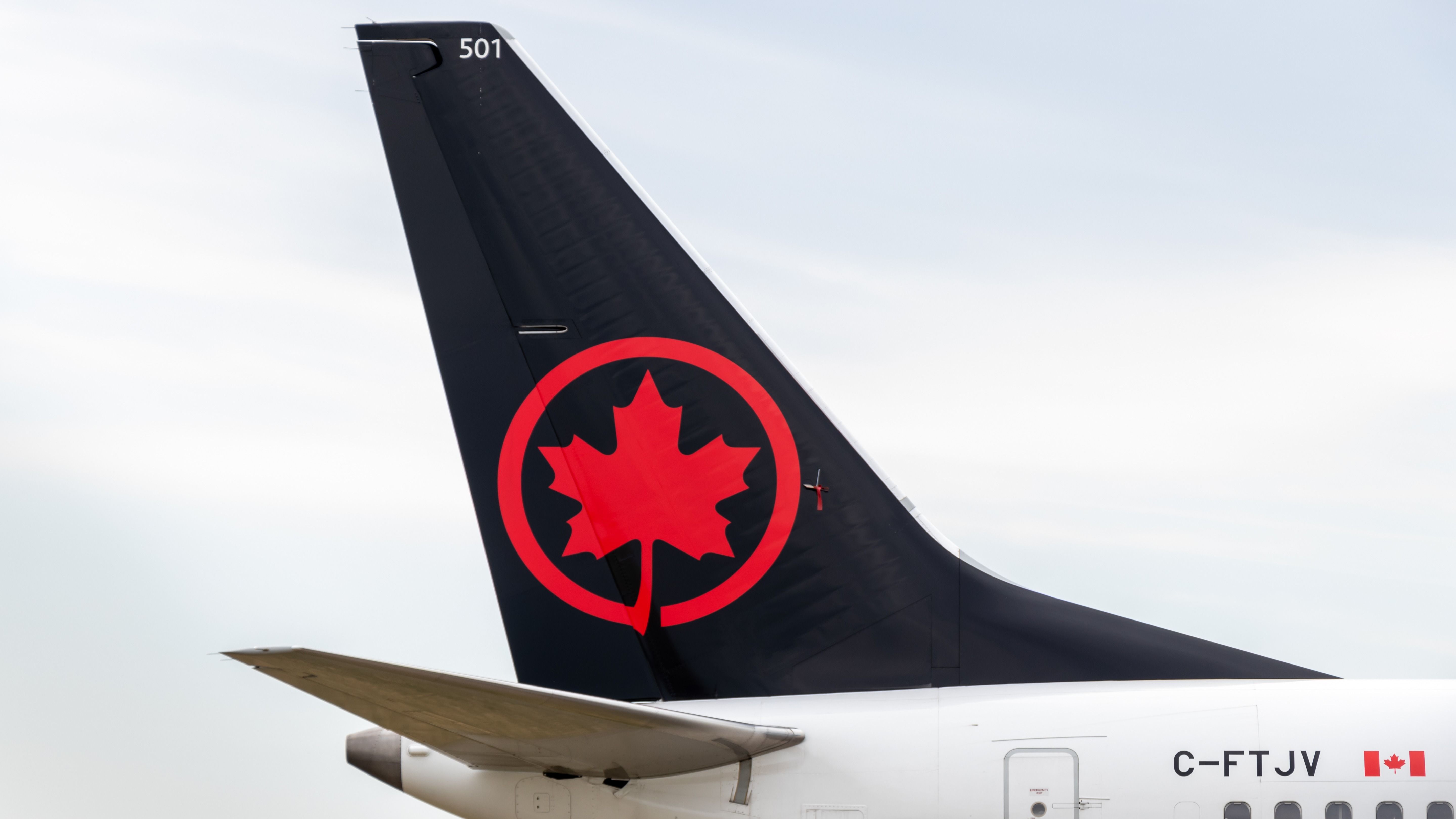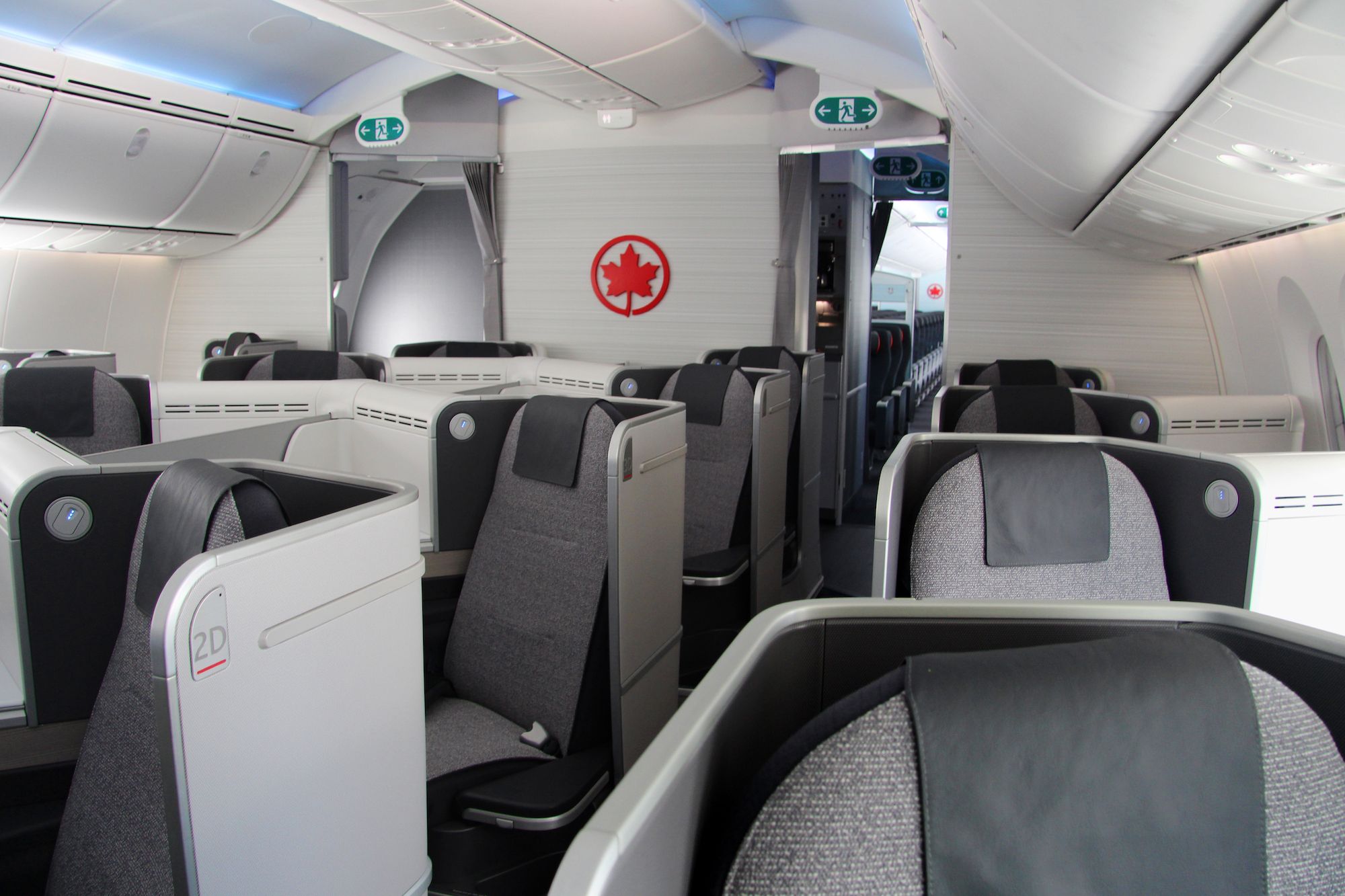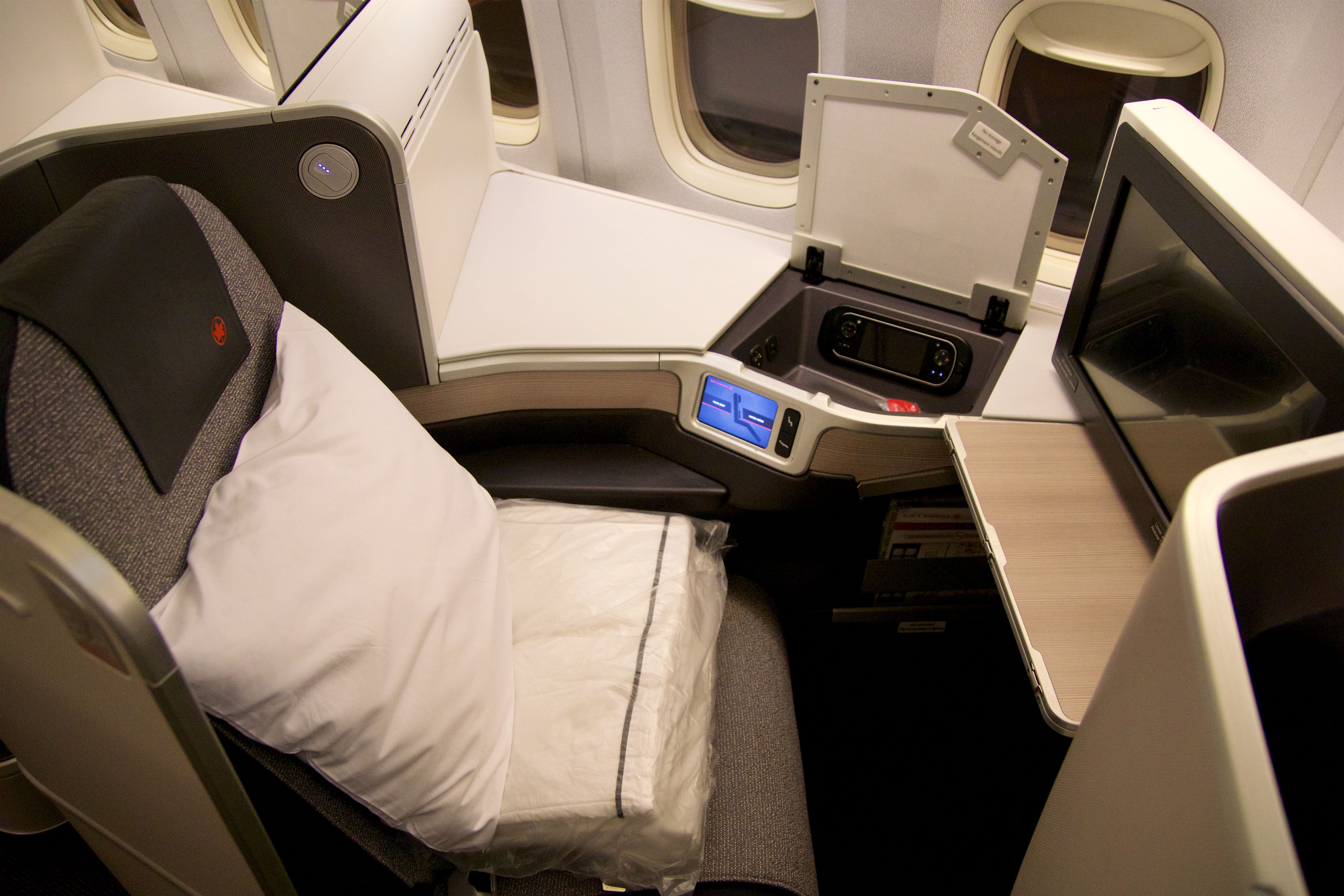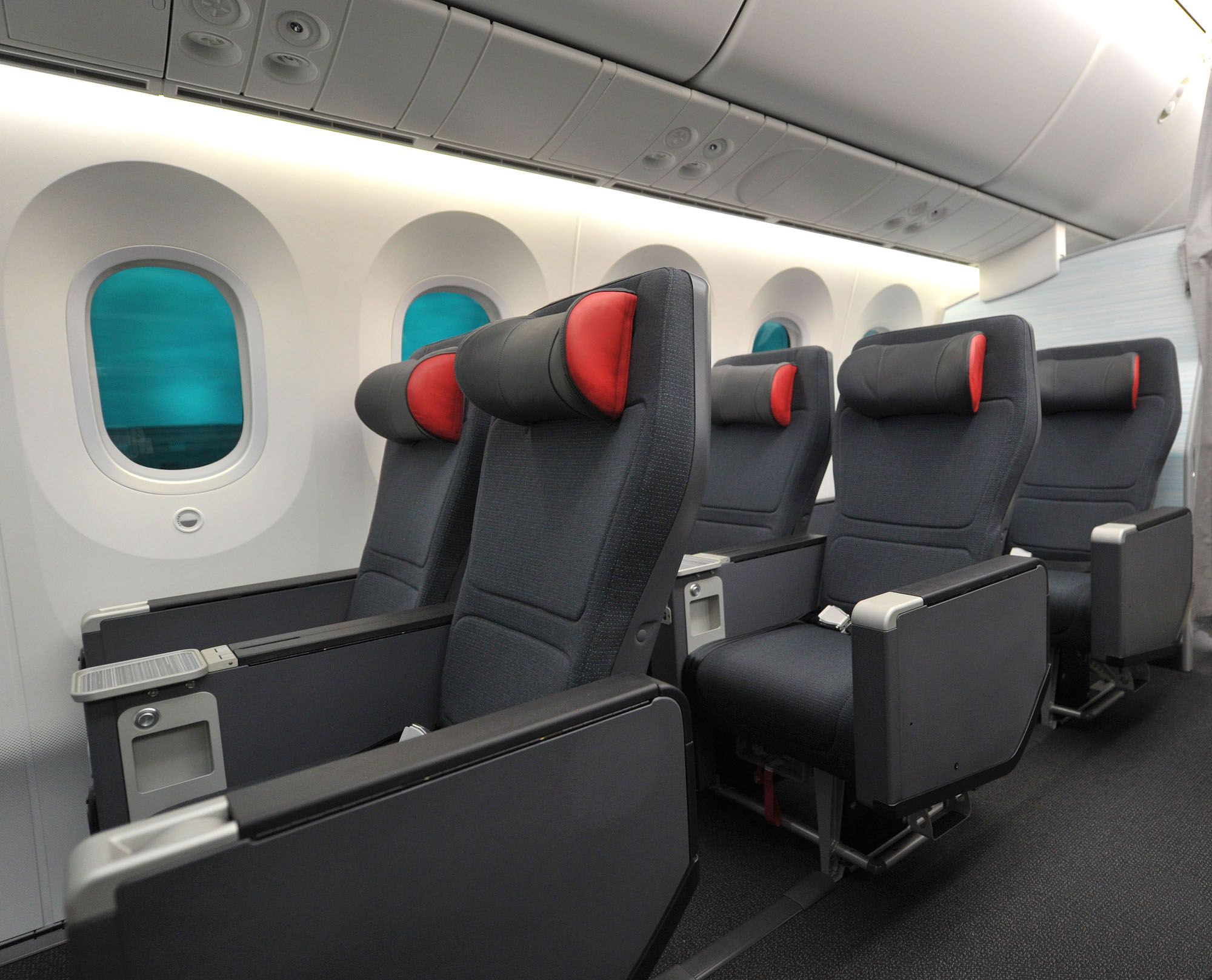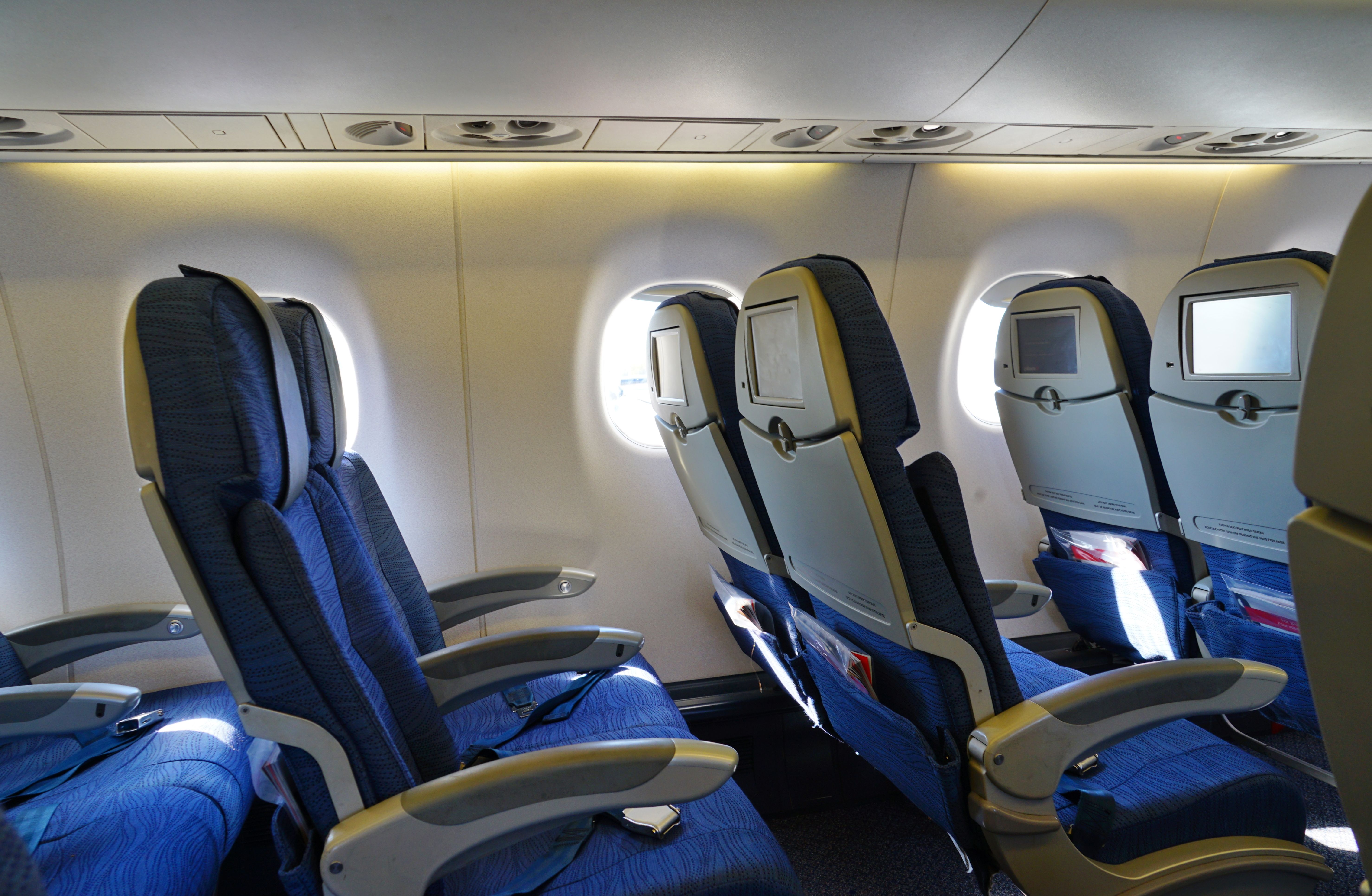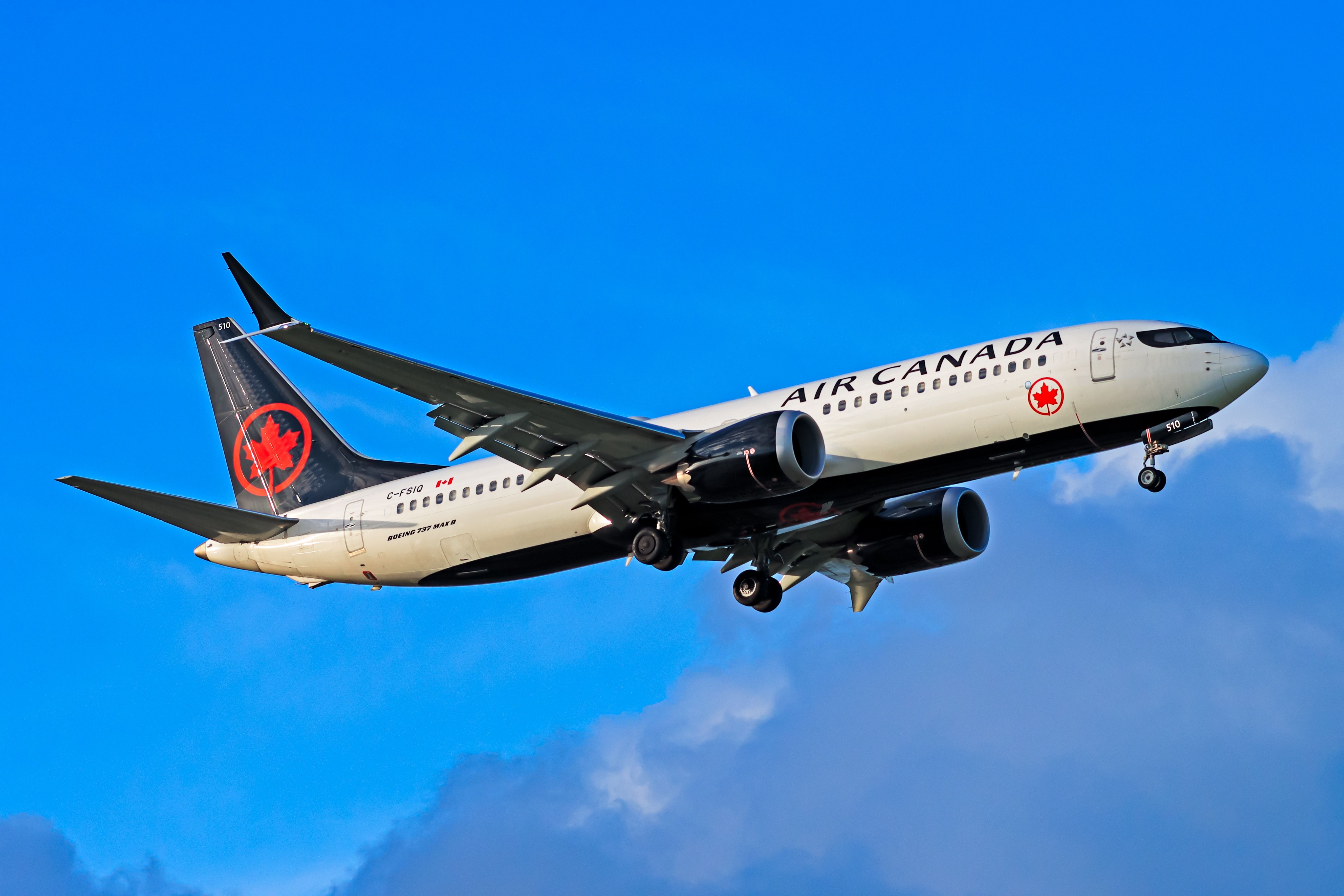Air Canada has a very diverse fleet of aircraft, including narrowbodies and widebodies from both Airbus and Boeing. With its fleet, the airline operates extensive domestic, North American, and intercontinental services to a network of over 200 destinations. With flights of varying lengths crossing various borders, Air Canada has a diverse range of travel classes. Let's take a look at what Canada's flag carrier has to offer...
Two broad types of flights
When it comes to where you'll find Air Canada's various travel classes, it really depends on the type of flight a passenger is on. The two types, broadly speaking, are:
- North American: This includes flights within Canada as well as from Canada to the US and to the Caribbean.
- Intercontinental: These are flights overseas to Europe, Asia, and South America. For the airline, this is more often referred to as "international," although its "North American" services do include services that are technically also international.
However, it gets a little more complicated from here, with travel class offerings depending on the route and the type of aircraft deployed.
Just three types of classes
Excluding its leisure and budget subsidiary Rouge, Air Canada's mainline operations have just three different classes of travel and are as follows:
-
Signature/Business: The highest level of service offered by the airline. The term signature replaced the term "International Business Class," while business class strictly refers to North American services.
- For long-haul, intercontinental services, this class offers pods with lie-flat seats.
- For most North American flights, business class is simply a wider, more comfortable recliner-style seat.
- The exceptions occur when Air Canada deploys its widebodies on certain domestic routes. For example. premium passengers can access the airline's lie-flat seats when an A330, 777, or 787 is deployed on a transcontinental service.
-
Premium economy: This class is offered on select North American and most, if not all, intercontinental flights.
- Somewhat equivalent to North American business class, premium economy is distinguished by its recliner seats and larger IFE screens.
- Mainly found on Air Canada's intercontinental services, the exceptions again occur when Air Canada deploys its widebodies on certain domestic routes.
-
Economy: The airline's most basic level of service, this is available on all the airline's flights.
- For routes deploying Air Canada's smallest (regional) aircraft, such as the Dash 8 and CRJ series, economy class may be the only service available.
- The airline's North American economy services offer one of the best economy classes among its competitors, offering modern inflight entertainment systems and charging ports at all seats.
- Economy class on intercontinental flights is largely identical to North American flights. The main difference is the provision of complimentary meal services on these longer international services.
Get the latest aviation news straight to your inbox: Sign up for our newsletters today.
One notable exception
While almost all of Air Canada's flights to Europe will be on widebodies offering three classes of service, one type stands out as an exception. This is Air Canada's Boeing 737 MAX 8, which is fitted with two travel classes: North American business class, and economy. However, data from Cirium shows that less than 3% of the carrier's European flights will be flown by the MAX this month, with its Toronto-Heathrow route seeing the most MAX utilization.
Of course, spending six hours on a narrowbody is less than ideal, but maybe it beats having to transfer in Montreal or Toronto, right?
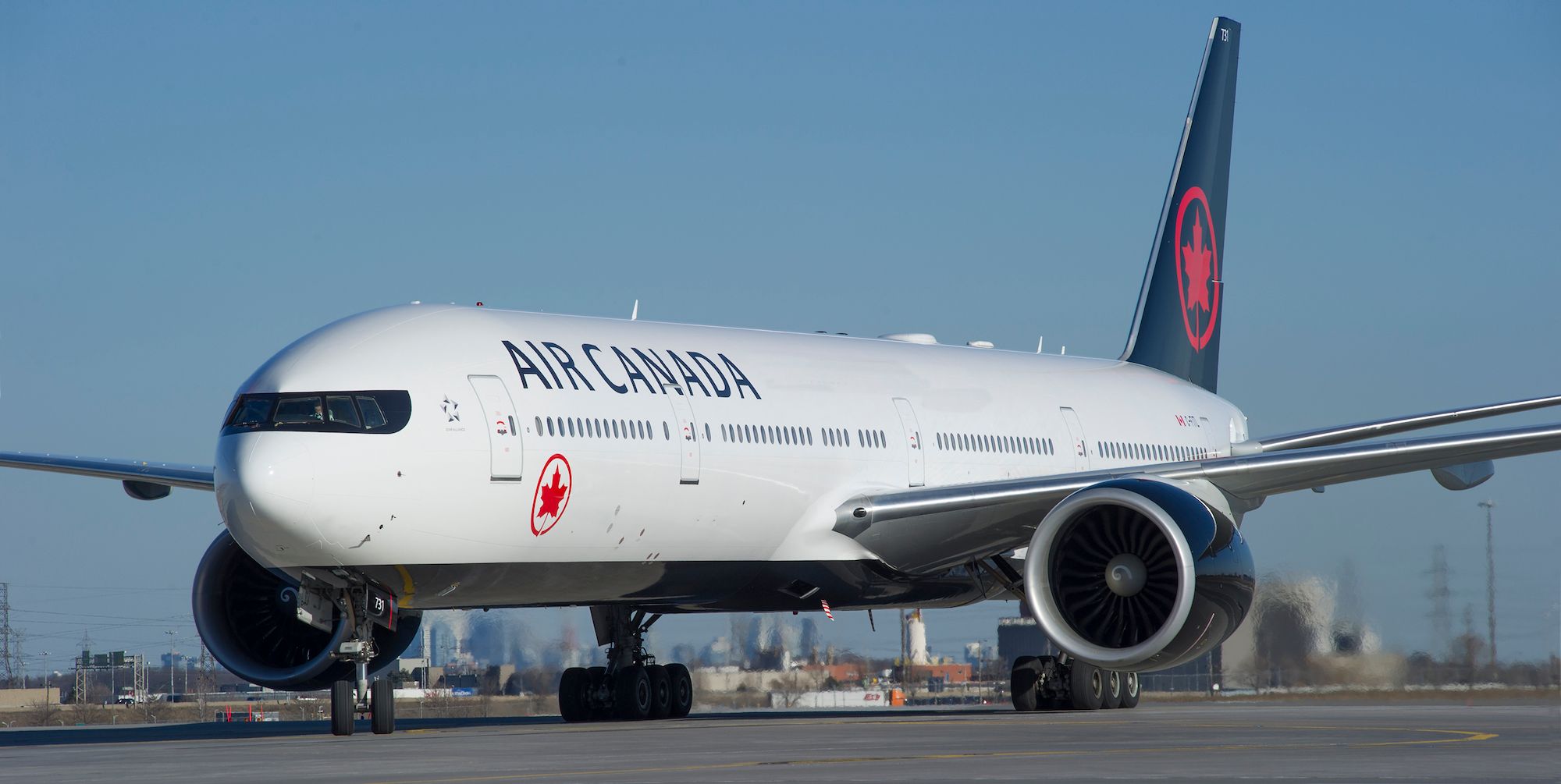
Nearly 200 Aircraft: The Air Canada Fleet In 2023
Canada's largest carrier continues to grow, picking up new and used aircraft over the past year.Have you flown with Air Canada recently? Which class were you in, and what was your experience like? Share your opinions by leaving a comment.

